For the 2025 school year, there is 1 public preschool serving 28 students in Dunklin R-V School District.
Public Preschools in Dunklin R-V School District have a diversity score of 0.41, which is less than the Missouri public preschool average of 0.54.
Minority enrollment is 25% of the student body (majority Hispanic), which is less than the Missouri public preschool average of 36% (majority Black).
Overview
This School District
This State (MO)
# Schools
4 Schools
733 Schools
# Students
1,564 Students
201,896 Students
# Teachers
126 Teachers
18,018 Teachers
Student : Teacher Ratio
12:1
12:1
District Rank
Dunklin R-V School District, which is ranked within the top 50% of all 553 school districts in Missouri (based off of combined math and reading proficiency testing data) for the 2021-2022 school year.
The school district's graduation rate of 85-89% has stayed relatively flat over five school years.
Overall District Rank
#230 out of 557 school districts
(Top 50%)
(Top 50%)
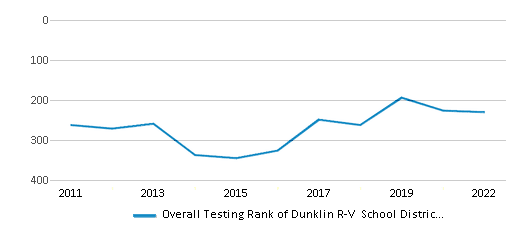
Math Test Scores (% Proficient)
38%
39%
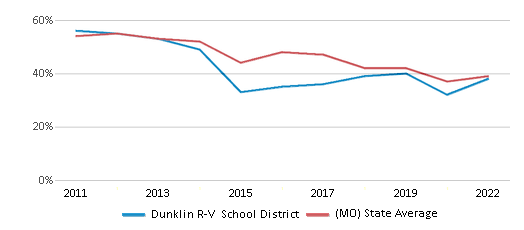
Reading/Language Arts Test Scores (% Proficient)
44%
43%
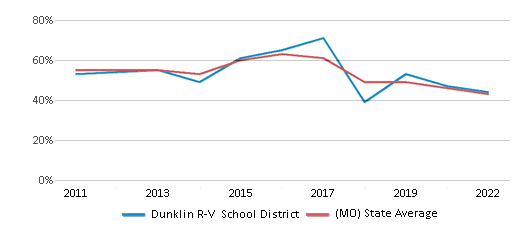
Science Test Scores (% Proficient)
46%
38%
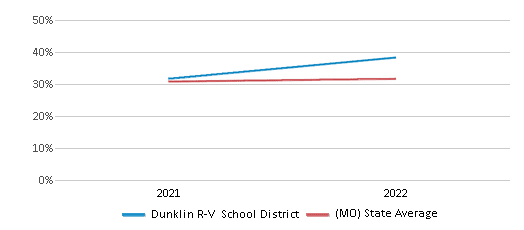
Graduation Rate
85-89%
90%
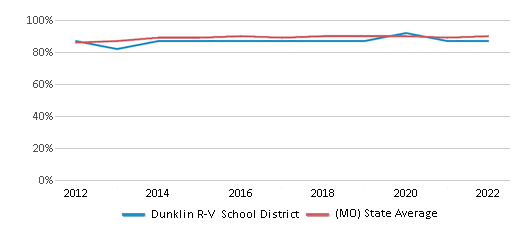
Students by Ethnicity:
Diversity Score
0.24
0.54
# American Indian Students
4 Students
716 Students
% American Indian Students
n/a
n/a
# Asian Students
8 Students
3,353 Students
% Asian Students
1%
2%
# Hispanic Students
55 Students
17,293 Students
% Hispanic Students
4%
9%
# Black Students
50 Students
39,639 Students
% Black Students
3%
20%
# White Students
1,363 Students
129,832 Students
% White Students
87%
64%
# Hawaiian Students
n/a
837 Students
% Hawaiian Students
n/a
n/a
# Two or more races Students
84 Students
10,226 Students
% of Two or more races Students
5%
5%
Students by Grade:
# Students in PK Grade:
28
35,559
# Students in K Grade:
109
31,533
# Students in 1st Grade:
121
29,607
# Students in 2nd Grade:
115
29,116
# Students in 3rd Grade:
118
23,532
# Students in 4th Grade:
122
22,982
# Students in 5th Grade:
123
19,323
# Students in 6th Grade:
113
6,065
# Students in 7th Grade:
121
1,923
# Students in 8th Grade:
106
1,863
# Students in 9th Grade:
125
85
# Students in 10th Grade:
119
51
# Students in 11th Grade:
118
37
# Students in 12th Grade:
126
220
# Ungraded Students:
-
-
District Revenue and Spending
The revenue/student of $14,253 in this school district is less than the state median of $15,081. The school district revenue/student has grown by 7% over four school years.
The school district's spending/student of $14,102 is higher than the state median of $13,908. The school district spending/student has grown by 7% over four school years.
Total Revenue
$22 MM
$13,447 MM
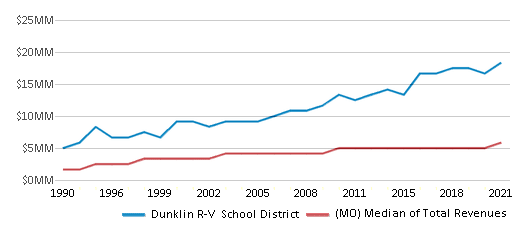
Spending
$22 MM
$12,401 MM
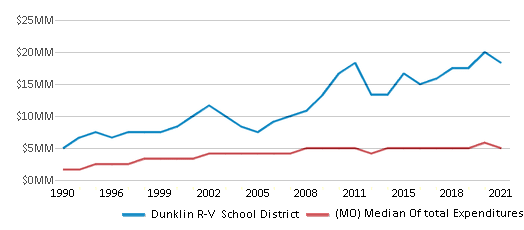
Revenue / Student
$14,253
$15,081
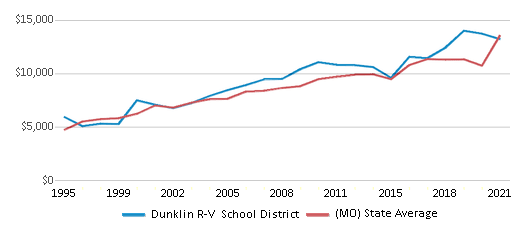
Spending / Student
$14,102
$13,908
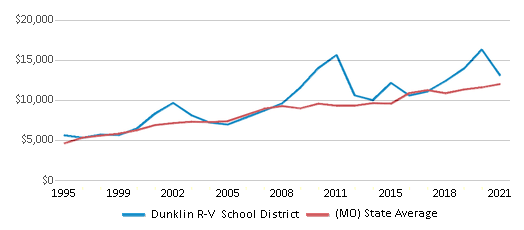
Best Dunklin R-V School District Public Preschools (2025)
School
(Math and Reading Proficiency)
(Math and Reading Proficiency)
Location
Grades
Students
Rank: n/an/a
400 Joachim Ave
Herculaneum, MO 63048
(636) 479-5200
Herculaneum, MO 63048
(636) 479-5200
Grades: PK
| 28 students
Recent Articles

Sexual Harassment at Age 6: The Tale of a First Grade Suspension
A six-year old in Aurora, Colorado, was suspended after singing an LMFAO song to a little girl in his class and reportedly “shaking his booty.” We look at the case and the sexual harassment problem in public schools today.

How Scaffolding Could Change the Way Your Child Learns
This article explores the concept of instructional scaffolding, a teaching method that enhances learning by breaking down complex tasks into manageable parts. It highlights how scaffolding supports students in developing critical thinking skills and becoming more independent learners. The article discusses the benefits of scaffolding, including improved engagement and reduced anxiety, and provides strategies for its implementation across various educational levels.

February 05, 2025
Understanding the U.S. Department of Education: Structure, Impact, and EvolutionWe explore how the Department of Education shapes American education, from its cabinet-level leadership to its impact on millions of students, written for general audiences seeking clarity on this vital institution.





